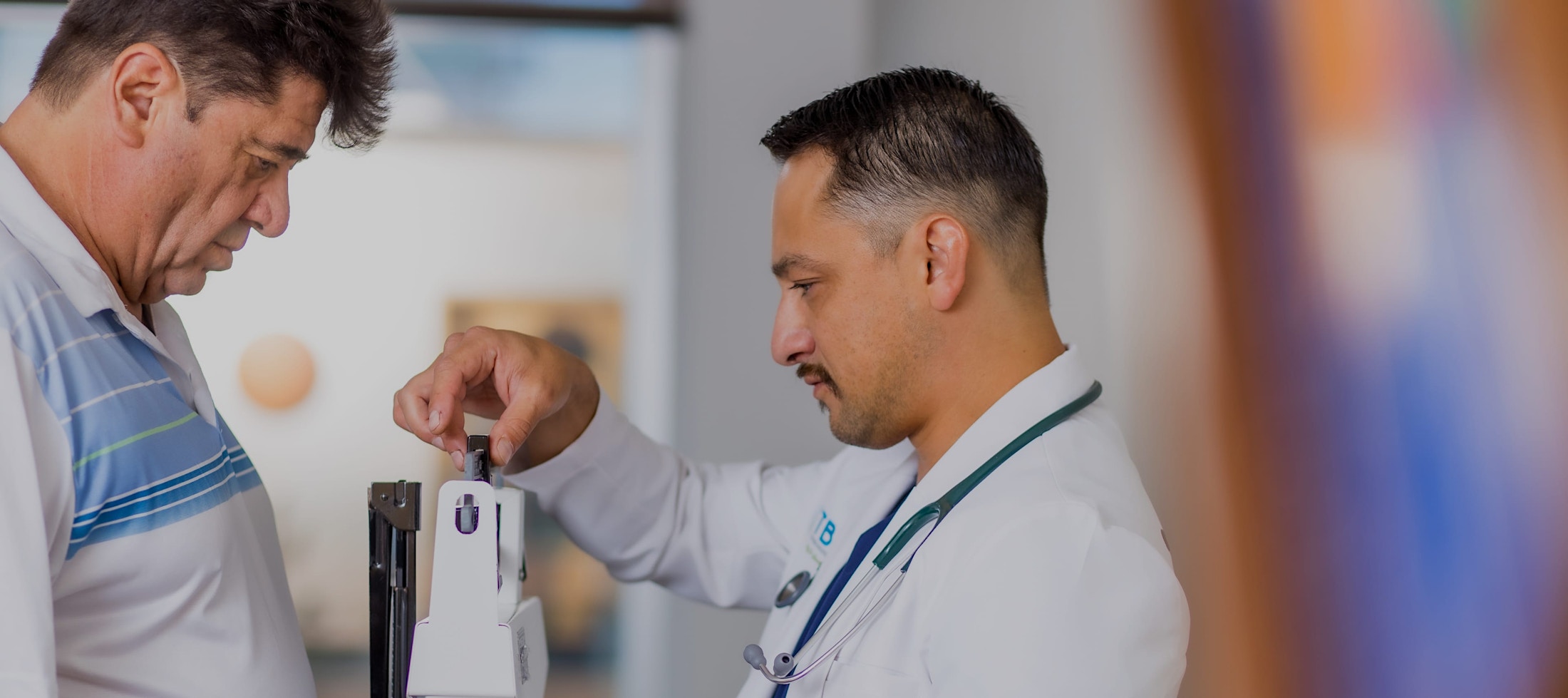Why Do Weight Loss Surgery Scars Occur?
Most bariatric surgeries leave little to no scarring, yet the possibility of visible scars is real, as scars are part of the body's healing process. When you have a surgical procedure, white blood cells rush to the wound to fight germs or infections. This process often results in the wound turning pink or red, accompanied by swelling. Your body begins growing new tissue at the wound site, producing collagen when it links itself to the wound site. Granular tissue fills the inside of the wound, and voila, you have a scar as new skin grows and strengthens the area. Depending on the size and shape of the wound, scarring may be flat or raised. Those with darker or brown skin may have scars that are significantly lighter than the surrounding area. Over time, visible scars fade through the healing process, although not always completely. A scar's appearance can continue to fade over two years.
Where Are the Incisions Placed?
The location and length of your incisions depend on the type of bariatric surgery performed. All gastric sleeve operations and bariatric procedures are performed laparoscopically, leaving only tiny incisions and small stomach scars.






